7 Ways Dancing Provides Health Benefits
Advertisement

Dancing is not only a fun activity but also a transformative experience that can greatly impact your health and well-being. Regardless of age or cultural background, anyone can enjoy the numerous benefits that dancing has to offer. Let's delve into seven key ways dancing can enhance your physical and mental health:
Improve Cardiovascular Endurance
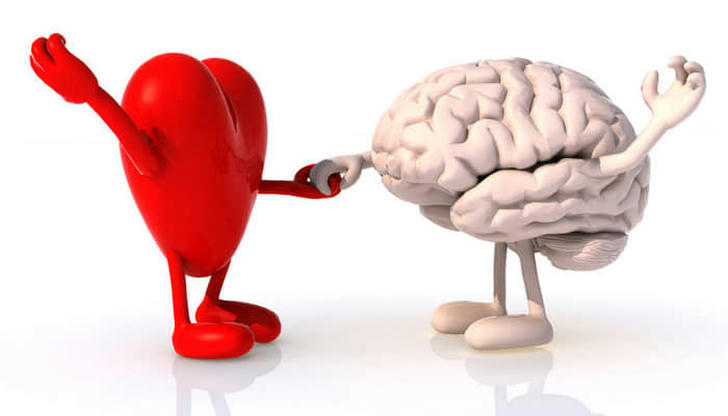
Dancing not only enhances physical fitness but also helps build endurance. Initially, dancing may pose a challenge, but as you progress, your body adjusts to its demands. With time, you'll find yourself dancing for longer periods without feeling tired, thereby improving your cardiovascular endurance.
Enhance Flexibility
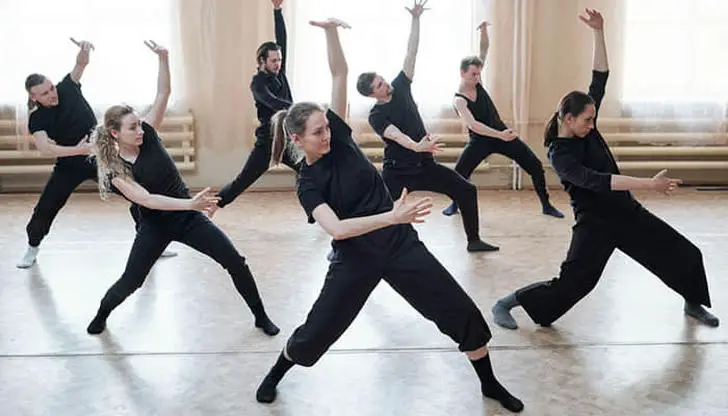
Many dance styles, such as ballet, necessitate a high degree of flexibility. Engaging in regular dance sessions can significantly improve your range of motion and flexibility, making everyday activities easier to perform.
Aid Weight Loss
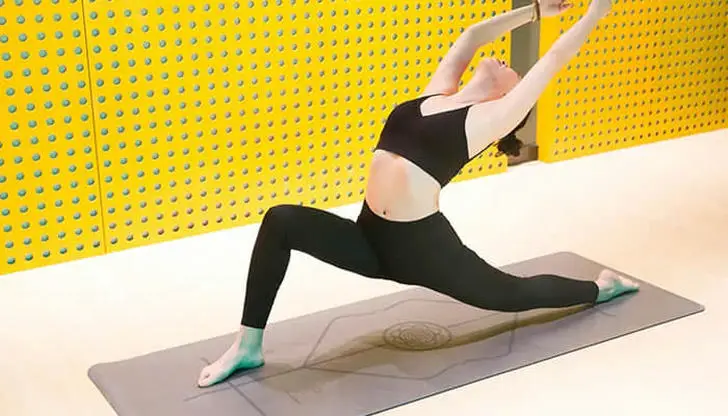
Dancing serves as an effective form of aerobic exercise, elevating your heart rate and breathing rate, resulting in increased calorie expenditure. The continuous movement involved in dance routines boosts your metabolism, enabling you to burn more calories and steadily lose weight over time.
Reduce Stress and Anxiety

Dancing has a remarkable ability to reduce stress by promoting mindfulness. By focusing on the present moment, you let go of worries and fully engage in the music and movement. Dancing releases endorphins, natural mood-boosting chemicals, while also reducing cortisol levels, the hormone associated with stress, providing a dual effect in combating stress and anxiety.
Boost Mood

Engaging in dancing releases endorphins, which are known as the body's natural feel-good chemicals. These endorphins alleviate pain and foster feelings of happiness and overall well-being. Additionally, dancing allows for creative self-expression, offering a deeply fulfilling and satisfying experience.
Improve Cognitive Function
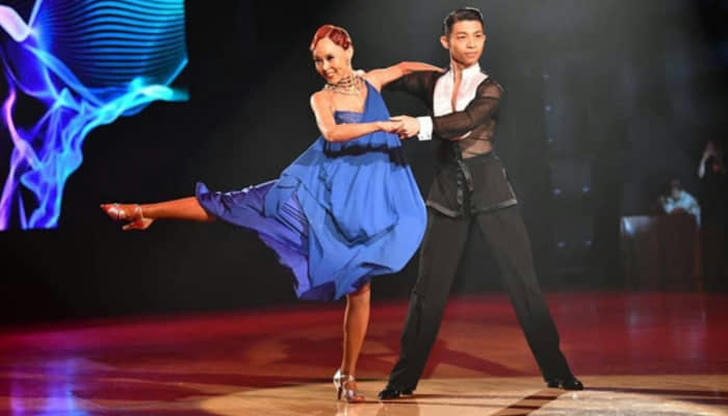
Scientific research published in the journal Frontiers in Aging Neuroscience suggests that regular dancing can enhance cognitive function in older adults. Memory and attention improvements were observed among study participants who engaged in frequent dancing. Furthermore, dancing aids in improving balance and mobility, benefiting older adults who may be at risk of falls.
Enhance Coordination and Motor Skills
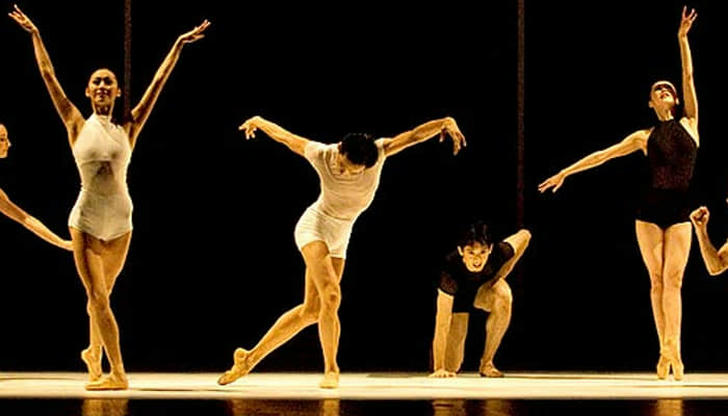
Dancing is an effective means to sharpen coordination and motor skills. By engaging in complex movements, you challenge your brain's ability to coordinate and control various muscle groups. Over time, your brain adapts to the demands of dancing, leading to enhanced coordination and motor proficiency.
These seven ways illustrate the vast array of health benefits dancing offers. Whether you're a novice or an experienced dancer, incorporating dance into your lifestyle can lead to a healthier, happier you.
Of course, there are many different types of dance, and each has its own unique health benefits. Here are some of the most popular types of dance and their health benefits:
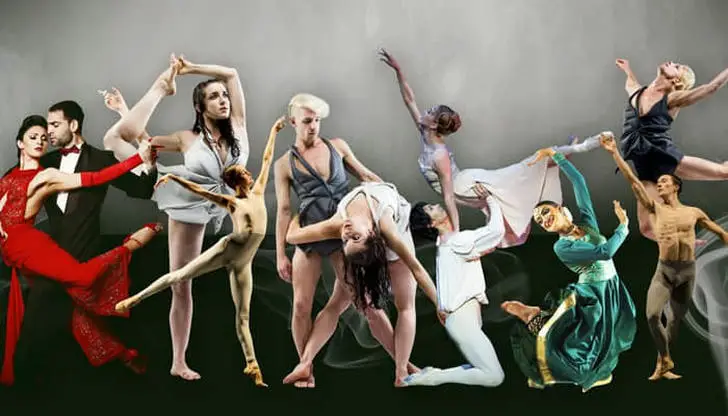
Ballet: Ballet is a highly technical form of dance that requires a high degree of flexibility and strength. Regular ballet practice can help improve your balance, coordination, and flexibility.
Jazz: Jazz is a high-energy form of dance that involves a lot of jumping and spinning. Regular jazz practice can help improve your cardiovascular endurance and muscular strength.
Hip-hop: Hip-hop is a popular form of dance that is characterized by its high-energy music and fast-paced movements. Regular hip-hop practice can help improve your coordination, balance, and endurance.
Ballroom: Ballroom dancing is a partner dance that is characterized by its elegant and graceful movements. Regular ballroom practice can help improve your balance, coordination, and flexibility.
Zumba: Zumba is a fun and energetic form of dance that combines Latin music with dance movements. Regular Zumba practice can help improve your cardiovascular endurance and muscular strength.



